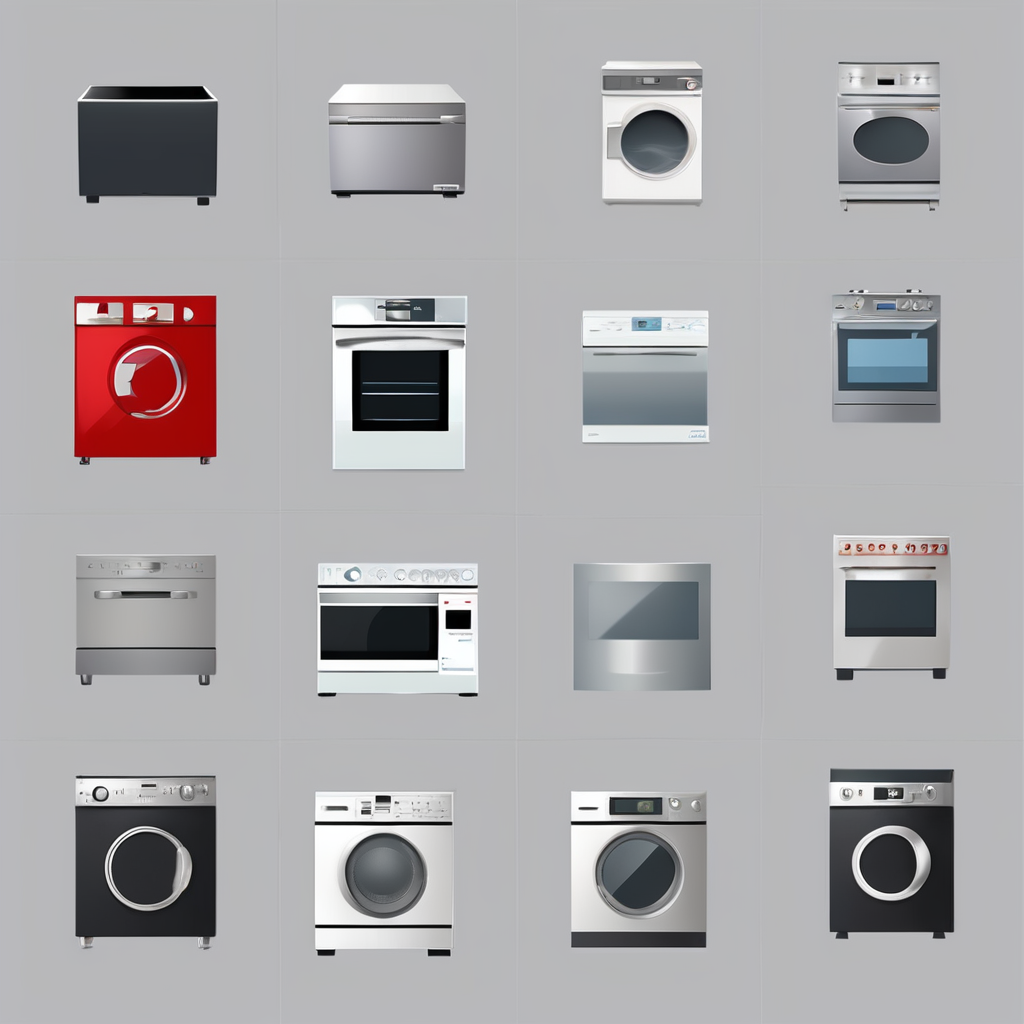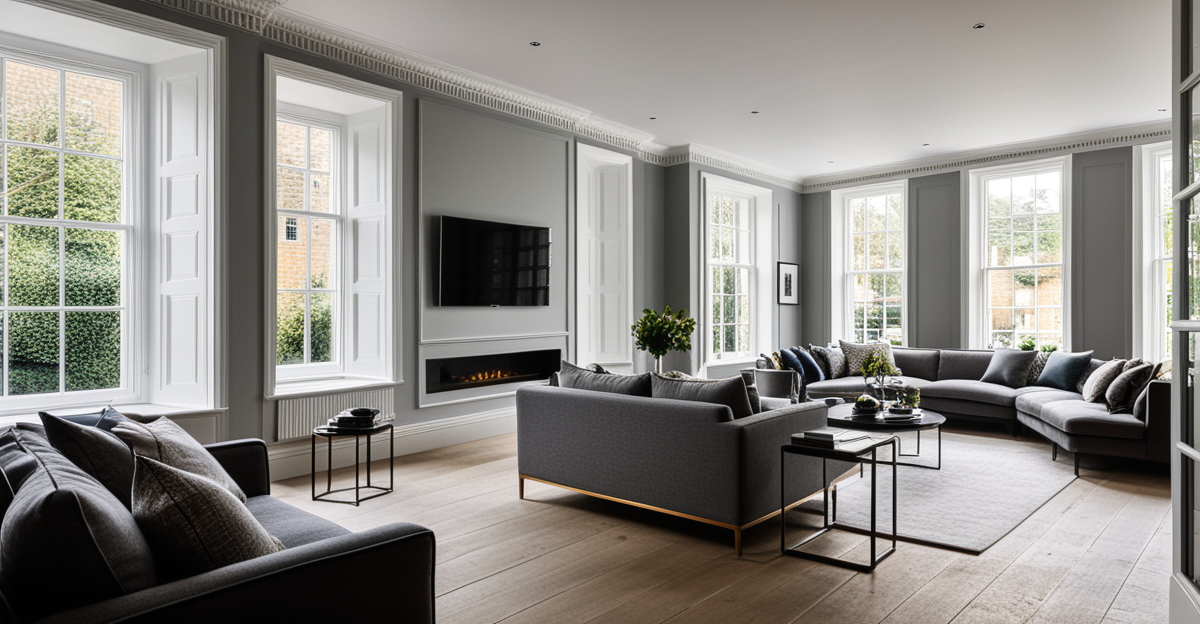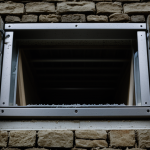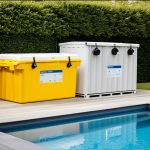Essential steps to blend smart home technology with Georgian townhouse heritage
Balancing Georgian townhouse renovation with modern innovation requires careful assessment of your home’s architectural features. Begin by evaluating heritage constraints; many period details, like cornices or sash windows, bring unique challenges but also opportunities for tasteful integration. This initial step ensures your renovation roadmap respects historic fabric while allowing for smart home integration that complements the setting.
When selecting smart home technologies, prioritize discreet and period-sensitive devices. Look for compact sensors, wireless controls, and systems that avoid invasive wiring—critical to maintaining the integrity of plaster and woodwork. For instance, wireless heating controls can enhance comfort without altering radiators or piping. Lighting automation should blend with existing fixtures to maintain a classic-meets-modern ambiance.
In parallel : Innovative strategies for designing a water-saving front garden in the uk
Planning involves mapping the sequence of alterations to balance historic preservation with modern convenience effectively. Collaborate with experts familiar with both smart home integration and Georgian architecture to avoid common pitfalls. Thoughtful scheduling minimizes disruption and ensures that new technology adapts seamlessly to heritage features. By meticulously blending preservation and upgrade strategies, homeowners can achieve a harmonious fusion of old and new.
Preserving period features while introducing modern tech
Balancing Georgian period features with smart home upgrades demands careful strategies. Safeguarding delicate elements like mouldings, original fireplaces, and sash windows is crucial to maintain authenticity during renovation. These features often bear historical significance and must remain intact while integrating modern technology.
In the same genre : Transform your uk loft: stylish and cozy bedroom design ideas for the ultimate retreat
Retrofitting wiring poses a common challenge. To avoid damaging original plaster or woodwork, opt for wireless devices where possible. When wiring is necessary, use surface-mounted conduits painted to match walls or conceal cables behind existing moldings and skirting boards. This method preserves the structure and aesthetics without invasive drilling.
For automation, choose hidden smart tech products designed for period homes. Compact LED lighting modules can fit behind cornices or inside light fittings, while wireless heating controls avoid radiator modifications. Security sensors are available in miniature forms to blend discreetly without detracting from classic interior styles.
Ultimately, prioritizing minimally intrusive automation ensures a classic-meets-modern upgrade that respects the Georgian townhouse’s heritage. Thoughtful product selection combined with expert installation safeguards craftsmanship and heritage while bringing these elegant homes comfortably into the digital age.
Essential steps to blend smart home technology with Georgian townhouse heritage
Balancing Georgian townhouse renovation with smart home integration begins with a detailed evaluation of your home’s architectural features. Identify heritage constraints affecting fireplaces, cornices, and sash windows, since these require protection during upgrades. This foundational step guides decisions that respect original craftsmanship while enabling classic-meets-modern upgrades.
Next, prioritize discreet, period-sensitive smart technologies designed for heritage settings. Wireless devices reduce the need for invasive wiring, preserving plaster and woodwork integrity. For example, opt for compact heating controls that fit behind radiators or miniature security sensors that blend into interiors. Selecting such compatible products maintains the home’s historic character while adding modern convenience.
Effective planning establishes a renovation roadmap that sequences interventions to minimise disruption. Collaborate early with professionals experienced in Georgian architecture and smart home systems to align preservation standards with technical requirements. This coordinated approach ensures seamless integration of smart features without compromising heritage elements, ultimately delivering a thoughtfully balanced renovation that honours tradition and embraces innovation.
Essential steps to blend smart home technology with Georgian townhouse heritage
Careful evaluation of your Georgian townhouse renovation starts with a detailed survey of architectural features and heritage constraints. Original cornices, sash windows, and fireplaces are key elements demanding protection during refurbishments. Understanding these limitations is fundamental to designing classic-meets-modern upgrades that do not compromise historic fabric.
Choosing compatible smart home integration products tailored for period homes ensures minimal visual impact and structural interference. Opt for wireless solutions like heating controls and security sensors that avoid invasive wiring, preserving plaster and woodwork integrity. Discreet devices fitting seamlessly behind radiators or within light fittings maintain period aesthetics while delivering modern functionality.
Planning a comprehensive renovation roadmap involves sequencing interventions to respect both preservation and convenience. Engage professionals with expertise in both heritage architecture and smart technology early in the process. This collaboration aligns renovation goals and regulatory requirements, reducing risk of damage and ensuring smart features are embedded thoughtfully. Through meticulous assessment, product selection, and strategic planning, homeowners can successfully marry tradition with innovation in their Georgian homes.
Essential steps to blend smart home technology with Georgian townhouse heritage
Evaluating your Georgian townhouse renovation begins by closely examining architectural features and heritage constraints, including cornices, fireplaces, and sash windows. Understanding these elements guides decisions that protect historic fabric while enabling classic-meets-modern upgrades. Early identification of vulnerable areas prevents inadvertent damage during installation of smart technology.
Selecting discreet, compatible devices is vital. Opt for wireless smart home integration products such as heating controls and security sensors designed for period homes. These reduce the need for invasive wiring, helping preserve plaster and woodwork. For example, compact sensors fitting behind radiators or miniaturized lighting modules concealed in fixtures maintain period aesthetics while introducing convenience.
A detailed renovation roadmap aligns preservation with technology seamlessly. Collaborate with professionals experienced in Georgian heritage and smart systems to sequence interventions logically. This approach balances historic preservation with modern convenience, enabling a renovation process that honours tradition through sensitive, well-planned upgrades. In summary, thoughtful evaluation, product choice, and strategic planning underpin successful integration of smart home integration within a Georgian townhouse’s unique character.
Essential steps to blend smart home technology with Georgian townhouse heritage
Evaluating your Georgian townhouse renovation begins with an in-depth survey of architectural elements and heritage constraints. Key features like cornices, sash windows, and fireplaces require protection to maintain historical authenticity throughout smart home integration. Early assessment defines boundaries, preventing damage to delicate structures during installation.
Identifying discreet, compatible technologies tailored for period homes is crucial. Opt for wireless smart home integration products such as miniature security sensors, compact heating controls, and low-profile lighting modules. These devices minimize the need for invasive wiring, preserving original plaster and woodwork. For example, sensors can be hidden behind radiators or integrated subtly within existing fixtures, maintaining the home’s classic aesthetic.
Planning a renovation roadmap involves sequencing interventions to balance historic preservation with modern convenience. Collaborate with specialists experienced in both Georgian townhouse renovation and smart home integration early on. This ensures technical requirements align with conservation standards, reducing risks of damage. A thoughtful timeline schedules sensitive installations during appropriate phases, allowing for smooth, efficient classic-meets-modern upgrades that honour heritage while embracing innovation.
Essential steps to blend smart home technology with Georgian townhouse heritage
Evaluating your Georgian townhouse renovation starts with a meticulous assessment of architectural features and heritage constraints. This includes identifying vulnerable elements such as sash windows, cornices, and fireplaces that require safeguarding during any intervention. Early detection of these constraints directs decisions that respect the building’s historical integrity while enabling classic-meets-modern upgrades.
Next, selecting smart home integration technologies designed for period properties is essential. Prioritise discreet, wireless devices like compact heating controls and miniature security sensors that minimise the need for invasive wiring. For example, sensors tucked behind radiators or concealed within existing fixtures prevent visual disruption while maintaining original features. The right choice of equipment preserves plaster and woodwork from damage, marrying functionality with aesthetics.
Planning a comprehensive renovation roadmap is critical to balance preservation and modern convenience. Collaborate with experts specialising in both Georgian heritage and smart technologies to develop a phased approach. This ensures historic fabric is respected throughout implementation, avoiding unnecessary disturbance. Sequencing works properly also allows for smooth installation of integrated smart systems, achieving a harmonious fusion between tradition and technological advancement.










